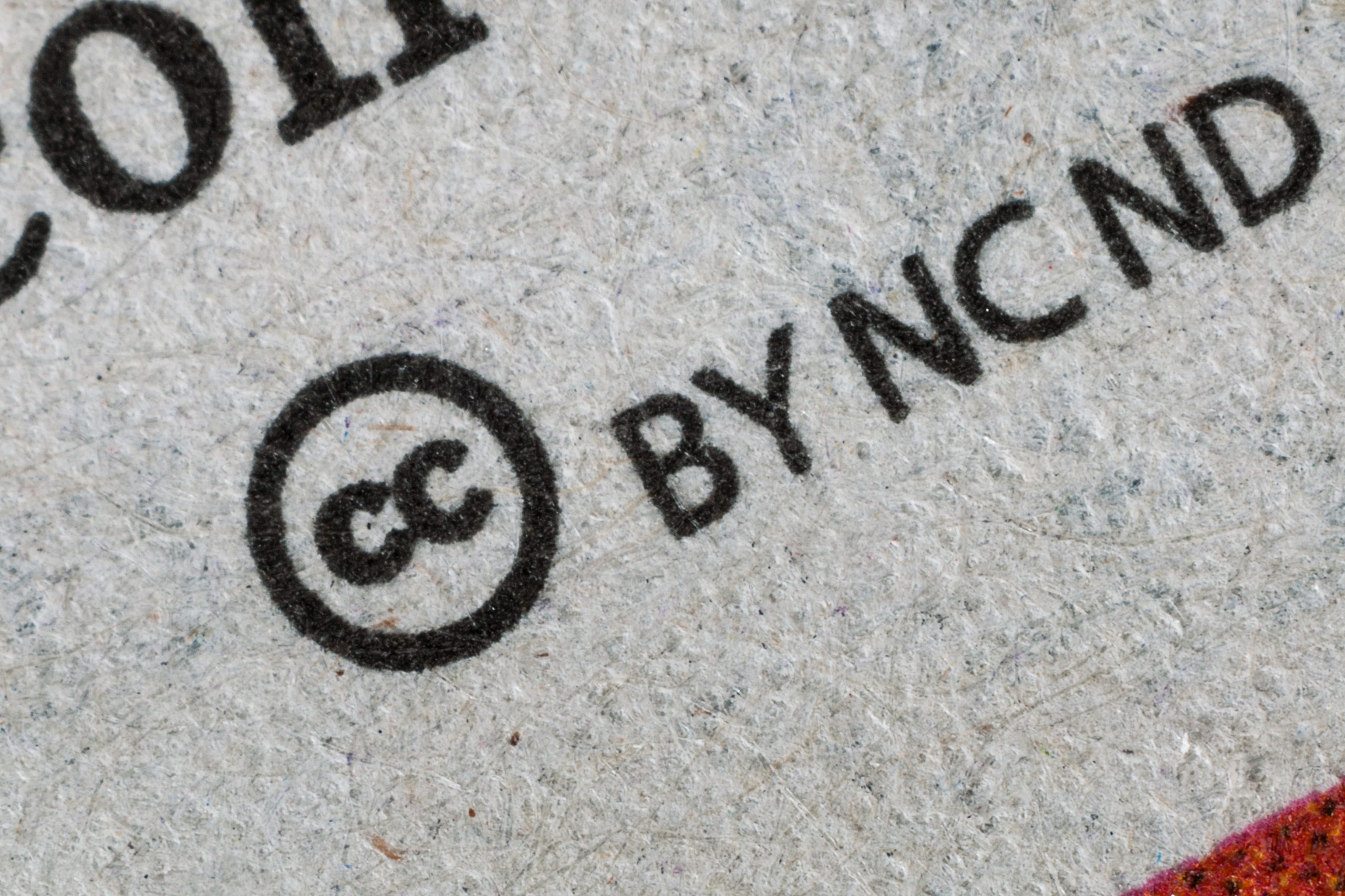It is not always easy to explain to people who are not familiar with the music industry, or to beginners, the difference between copyright (the rights of authors, composers, and publishers) and neighboring rights (the rights of artists and producers). It is often necessary to use simple examples to illustrate this difference. For instance: if you compose a song that is performed by XYZ, a well-known singer, you will always hold the copyright, but XYZ and their producer will hold the neighboring rights.
Conversely, if you record a version of a well-known song, such as “Yesterday” by The Beatles, you have every right to do so, and if you finance the recording, you will be both the performer and the producer. John Lennon and Paul McCartney will still be the songwriters, and ATV-Music will be the publisher.
This example illustrates the difference between these two concepts: that of the creator of a work of the mind or imagination and that of the artist, the performer.
What are neighboring rights?
Neighboring rights are the equivalent of copyright for performers and producers of phonograms. A phonogram refers to the recording or fixation of a work on a medium such as a disk, magnetic tape, or any digital medium, such as a hard drive. It is the physical object on which the interpretation of a work is reproduced. A compact disc contains as many phonograms as there are tracks.
A phonogram producer is defined as the legal entity (a company or an association) or the individual (a private person) who has the initiative and the responsibility for the recording they finance. Having the initiative for the recording means arranging the necessary conditions for its fixation, such as signing a contract with a performer, organizing recording sessions, overseeing its publication and promotion, etc., and, of course, financing it are the two conditions that contribute to the quality of phonogram producer.
Why this terminology? Neighboring rights – but neighboring to what?
Because it is close to copyright, but without considering that interpretation is quite similar to the creation of the so-called work of the mind that characterizes copyright. This is why our Intellectual Property Code (IPC) contains, concerning music, a first book dedicated to copyright and a second book dedicated to neighboring rights.
What does the exercise of neighboring rights entail?
The provisions of the Rome Treaty of 1957, and then those of 1961, gave rise to neighboring rights in the countries of the current European Union. Based on these principles, the law of July 3, 1985, known as the Lang Law, protects interpretations and the ownership of recordings, thus granting artists and phonogram producers the right to authorize or prohibit the broadcasting and reproduction of their interpretations and recordings.
For example, before the promulgation of the law of July 3, 1985, only authors and publishers received remuneration when works were broadcast, such as on the radio or television. Following the enactment of this law, artists and phonogram producers were able to receive rights, distinct from those of authors and publishers, for these same broadcasts. It should be noted that, in its first article, ‘neighboring rights do not prejudice the rights of authors’. But is this really certain? That is another debate…
All over Europe, and similar to copyright societies, neighboring rights collection and distribution societies have been created. Some were already in operation: GVL in Germany since 1959 and LSG in Austria since 1968.
It is the GVL that assigns the LC code (Label Code) affixed to the back of CDs, which allows for the identification of producers.
Societies for performers:
In France, the ADAMI (civil society for the Administration of Rights of Performing Artists and Musicians) is responsible for the collection and distribution of artists’ rights. The SPEDIDAM (Society for the Collection and Distribution of Rights of Performing Artists) is more focused on the rights of accompanying musicians; the ADAMI is more oriented towards those of artists. Both of these societies have existed since the 1950s.
With the evolution of recording techniques allowing a single musician to substitute for an orchestra composed of several performers, it is important, in the case of recordings made in a home studio, to be a member of both societies. This is very common for productions intended for images or for electronic music.
Producer societies:
The SCPP (Civil Society of Phonographic Producers) and the SPPF (Society of French Phonographic Producers), both established since 1985, collect and distribute, just like the ADAMI and the SPEDIDAM, the rights derived from the legal license based on equitable remuneration.
What is the legal license and equitable remuneration?
The Intellectual Property Code states that: when a phonogram has been published for commercial purposes, meaning available on CDs in retail stores like Fnac or online on Spotify, the performer and the producer cannot oppose its direct communication in a public place as well as its broadcasting, as long as it is not used in a show. The term broadcasting encompasses television. We will return to the notion of prior authorization in the article dedicated to the so-called synchronization rights.
In practice, this provision obliges broadcasters, radio, television, public places, such as discotheques, to pay, at the same time as a fee for neighboring rights for the use of recordings to neighboring rights societies, along with copyright fees to the SACEM for the use of musical works. It is the Spré (Society for the Collection of Equitable Remuneration) that collects this fee, which is then distributed to the various neighboring rights societies, knowing that 50% goes to the performers’ societies, ADAMI and SPEDIDAM, and 50% to producer societies, SCPP and SPFF. This is why this remuneration derived from the legal license is called equitable remuneration.
However, the legal license is not the only source of income derived from neighboring rights. The right of fixation, commonly referred to as synchronization rights, and the collection of rights accrued under private copying, for performers and producers, also originate from the application of neighboring rights.
– Code of Intellectual Property – Book – Neighboring Rights —
– Neighboring rights of copyright in France — Wikipedia (wikipedia.org)
Frédéric Leibovitz – June 2017


